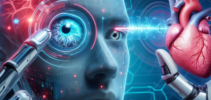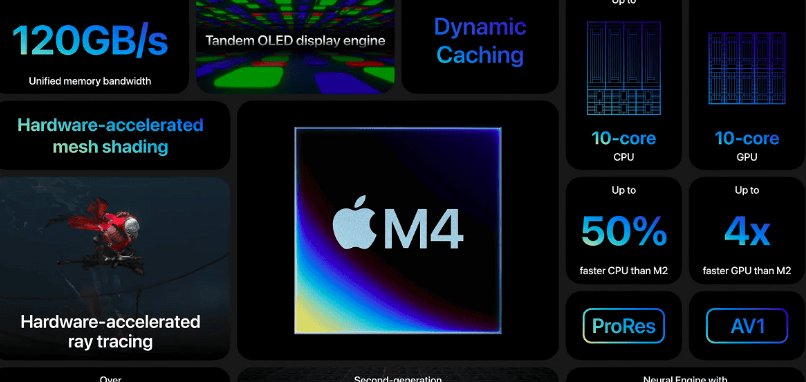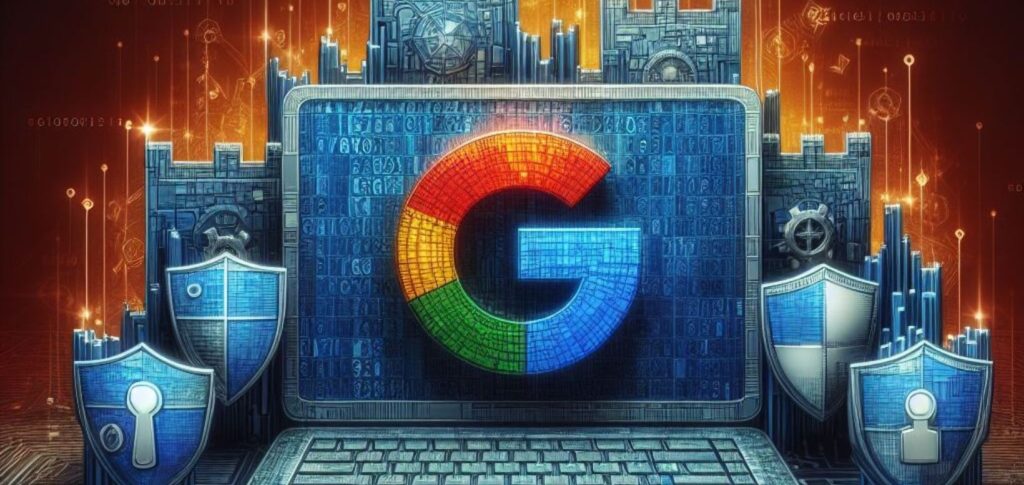The system – which exploits artificial intelligence (AI) and quantum technologies – could transform the way we monitor our health, say researchers at the University of Glasgow.
ADVERTISING
AI laser that reads heartbeat through the throat could replace stethoscopes https://t.co/iSu0evjhUq
— Guardian Science (@guardianscience) December 2, 2023
“This technology could be installed in booths in shopping malls, where people could get a quick reading of their heartbeat that could then be added to their online medical records,” said Professor Daniele Faccio from the university's Advanced Research Center.
“Alternatively, laser heart monitors could be installed in a person's home as part of a system to monitor different health parameters in a home environment,” he added. Other devices would include monitors to track abnormalities in blood pressure or subtle changes in gait — an early sign of the onset of Alzheimer's disease.
A warning for stroke or cardiac arrest
Monitoring a person's heartbeat from a distance would be particularly valuable because irregularities — including murmurs or heartbeats that are too fast or slow — would provide a warning that they are at risk of suffering a stroke or cardiac arrest, Faccio added.
ADVERTISING
The system developed by Faccio and his team involves high-speed cameras that can record images at speeds of 2 frames per second. A laser beam is aimed at the skin of a person's throat and the reflections are used to measure exactly how much their skin rises and falls as their main artery expands and contracts – when blood is forced through it.
This acuity is impressive, although tracking these small fluctuations alone is not enough to measure heartbeats. “Other, much larger movements occur in a person’s chest – in breathing, for example – which would overwhelm heartbeat signals.”
That’s where AI comes in,” said Faccio. “We use advanced computing systems to filter out everything except the vibrations caused by a person's heartbeat – even though it is a much weaker signal than the other noises emanating from the chest. We know the frequency range of human heartbeats and the AI focuses on that.”
ADVERTISING
“Analysis of the resulting signals allows the healthcare team to detect changes in heart rate – not in relation to a statistical average for a population, but in relation to a person's specific cardiac behavior. This makes it invaluable for detecting changes that may be occurring in the heart and identifying specific defects.”
Read also

Follow the Curto No. Google News
* The text of this article was partially generated by artificial intelligence tools, state-of-the-art language models that assist in the preparation, review, translation and summarization of texts. Text entries were created by the Curto News and responses from AI tools were used to improve the final content.
It is important to highlight that AI tools are just tools, and the final responsibility for the published content lies with the Curto News. By using these tools responsibly and ethically, our objective is to expand communication possibilities and democratize access to quality information. 🤖





